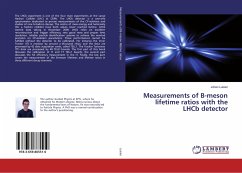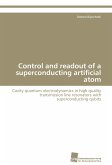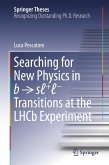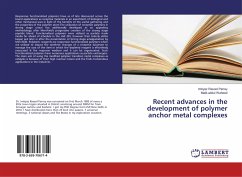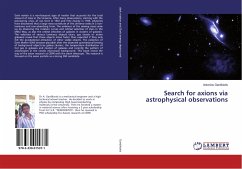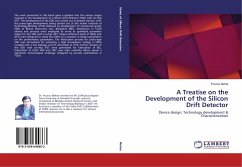The LHCb experiment is built at the LHC collider at CERN. It is a forward single-arm spectrometer dedicated to precision measurements of CP violation and rare decays in the b quark sector. In the Standard Model, CP violation arises via the complex phase of the 3 x 3 CKM (Cabibbo-Kobayashi-Maskawa) quark mixing matrix. The LHCb experiment will test the unitarity of this matrix by measuring in several theoretically unrelated ways all angles and sides of the so-called "unitary triangle". This will allow to over-constrain the model and - hopefully - to exhibit inconsistencies which will be a signal of physics beyond the Standard Model. The Vertex reconstruction is a fundamental requirement for the LHCb experiment. Displaced secondary vertices are a distinctive feature of b-hadron decays. This signature is used in the LHCb topology trigger. The Vertex Locator (VeLo) has to provide precise measurements of track coordinates close to the interaction region. These are used to reconstruct production and decay vertices of beauty-hadrons and to provide accurate measurements of their decay lifetimes. The VeLo electronics was designed in parallel with the silicon detector development.
Hinweis: Dieser Artikel kann nur an eine deutsche Lieferadresse ausgeliefert werden.
Hinweis: Dieser Artikel kann nur an eine deutsche Lieferadresse ausgeliefert werden.


